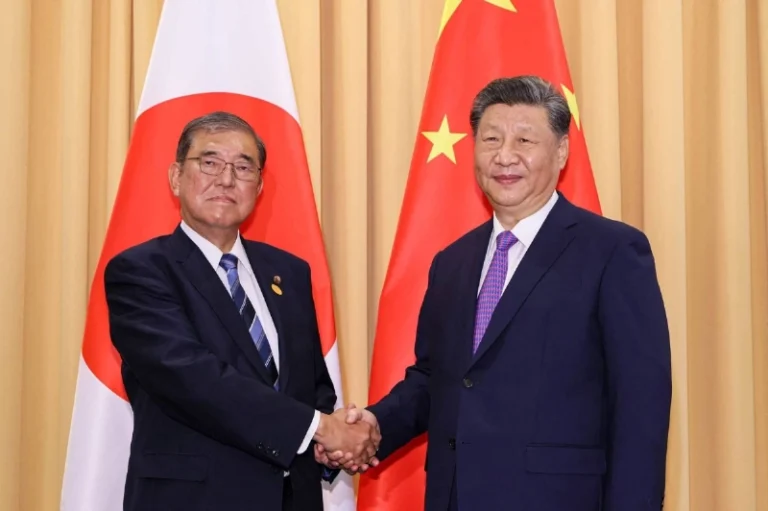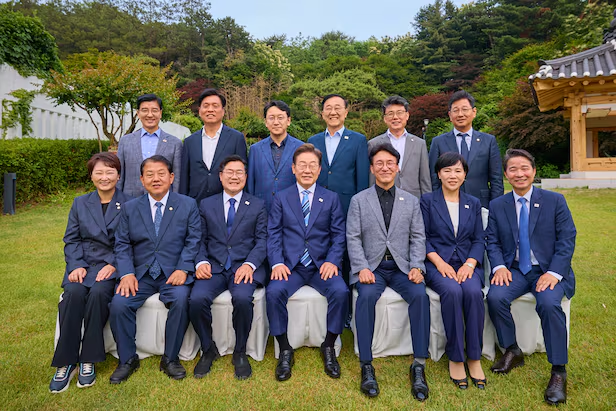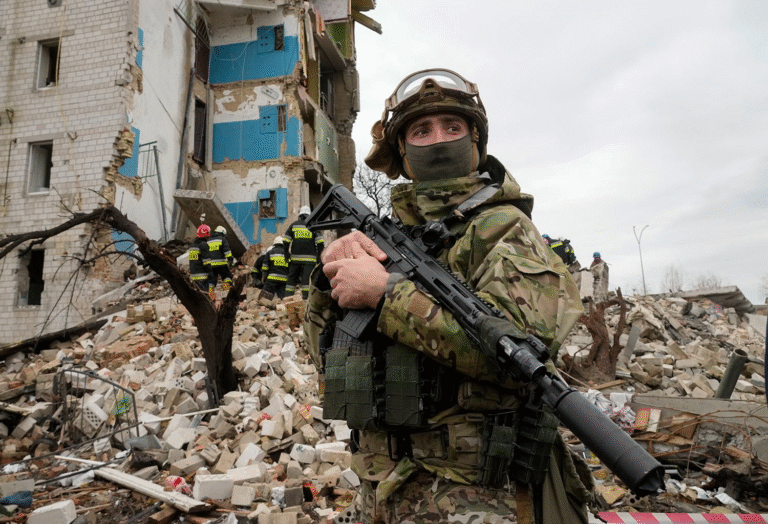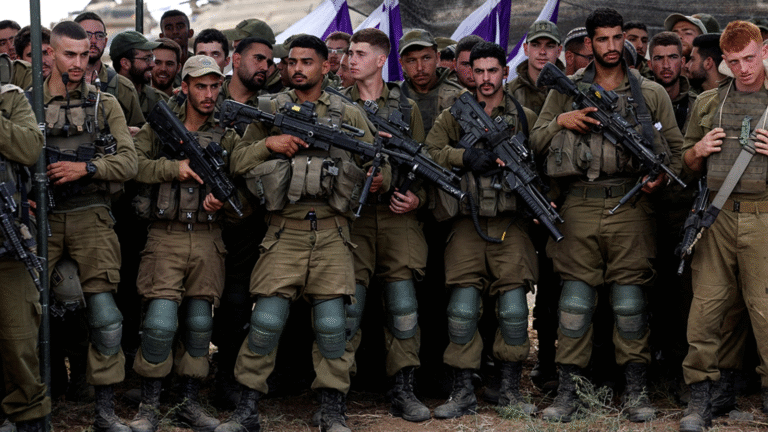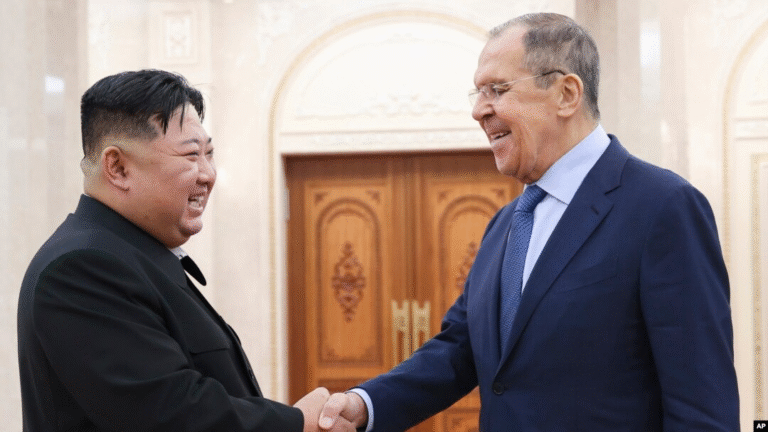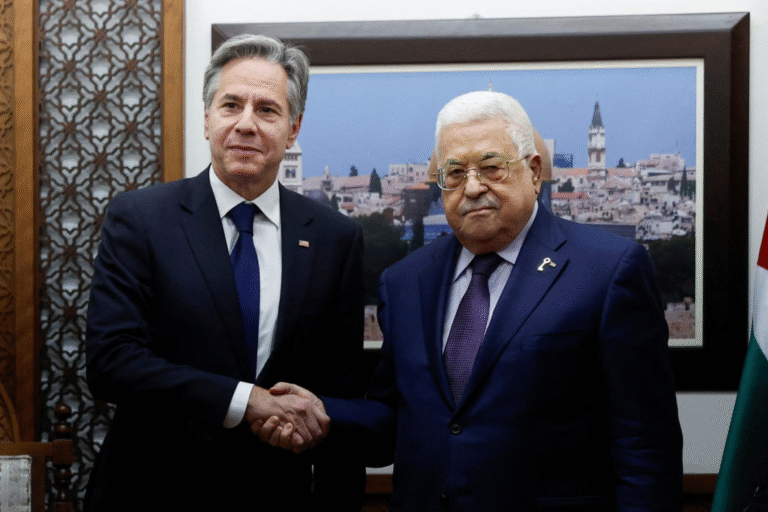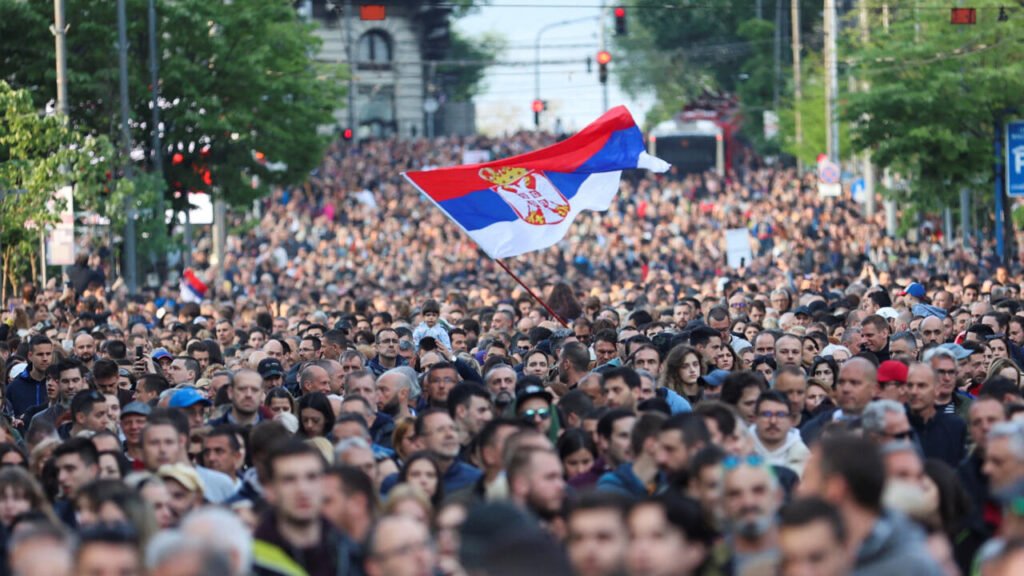
Protest against gun violence in Serbia. Photo credit: France 24
Hannah Ritter
The America-Eurasia Center
www.EurasiaCenter.or g
Summary
Serbia and other Balkan states are filled with a high number of illegal weapons due
to the wars and unrests in the 1990s. In Serbia, a 2021 estimate concluded that there are 39
firearms per 100 people – the third highest in the world, behind the United States and
Yemen.2 However, mass shootings are rare in Serbia. Before the recent spike in shootings,
the last deadliest shooting was in 2013 and before that 2007. In 2013, Ljubisa Bogdanovic
killed fourteen people in the central village of Velika Ivanca and, in 2007, Nikola
Radosavljevic killed nine and injured five others in Jabukovac.
The recent gun violence in Serbia changed these statistics as eighteen people were
killed and nineteen people were injured in the span of two days in two separate shootings.
Following these mass shootings, protests ensued and called for stricter gun laws and new
policies for gun ownership. President of Serbia, Aleksandar Vucic, acted and imposed new
gun measures, a lower criminal responsibility age, stricter medical and phycological checks
on gun owners, and hired 1,200 police officers for schools. He also enacted a one-month
amnesty for surrendering illegal or unregistered weapons and ammunition.
Serbia’s quick action against gun violence and implementation of gun measures
highlights the ability and willingness of a country to lower gun violence through policy
making and national unity.
Recent Mass Shootings
On May 3rd, 2023, a school shooting at Vladislav Ribnikar Model Elementary School
in Belgrade, Serbia resulted with ten people dead and six people injured.3 The shooter, a
thirteen-year-old male student used his father’s guns that were legally owned in the
incident. He was carrying two pistols, four Molotov cocktails, and detailed plans of the
attack. Since the suspect is thirteen, he was unable to be held criminally responsible as,
under current Serbian law, those under the age of fourteen cannot be held responsible for
committing crimes.
One day later, on May 4th, 2023, Uros Blazic killed eight individuals and injured
thirteen others in a drive by shooting outside of Belgrade.4 He used an automatic assault
rifle and fled the scene but was apprehended the next day. In the house the suspect was
living at, the police found four bombs, a flare gun, a submachine gun, two silencers, a
hunter’s knife, and various ammunition. Interior Minister Bratislav Gasic and President of
Serbia Aleksandar Vucic denounced the shooting as a terrorist act.5
People and Government Response
Following the shootings, opposition parties, namely the Ujedinjeni parliamentary
group (People’s Party, Do not let Belgrade down, Together, Democratic Party, and Dveri)
organized a protest against violence on May 8th, 2023.6 The protestors met in front of the
parliament building and marched in silence near government buildings. They called for the
resignation of Vulin, Gasic, the Minister of Education Branko Ruzic, and the cancellation
of programs that promote violence. It is estimated that 50,000 people attended this protest.
There was then a second protest on May 12th, in which a march took place in front of the
building of the National Assembly of Serbia to Sava Center. The following day, another
“Serbia Against Violence” protest occurred in Kragujevac.
There was also an increase in arrests following the two shootings. There was an
escalation in photos of weapons being posted by juveniles with threats or mentions of the
mass shootings. On May 18th, police evacuated students from the Stari Grad Electrical Engineering School in Belgrade following an unknown person threatening to come armed
into the school.7
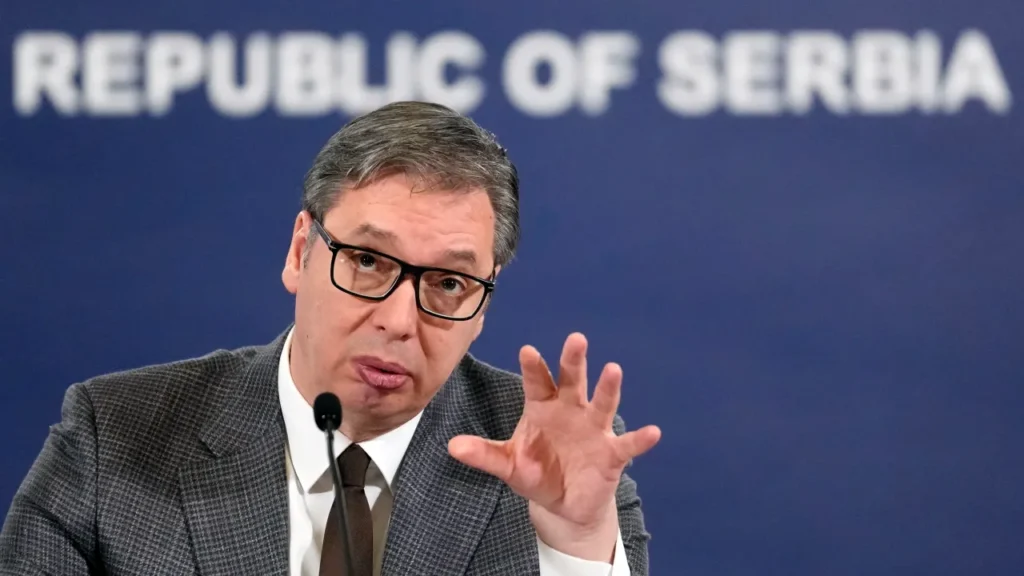
Serbian President Aleksandar Vucic announces changes to gun laws. Photo credit: The Hill
As for government response, President Aleksandar Vucic implemented stricter
regulations on gun ownership, hired 1,200 police officers for schools, and increased mental
and phycological checks for gun ownership. However, the government was criticized after
the Minister of Education, Branko Ruzic, said that the influence of internet and Western
values led to these attacks.9 He submitted his resignation shortly after this statement.10 The
Health Minister, Danica Grujicic, announced that the Institute of Mental Health would
activate two telephone counselling helplines and have in-person counselling available.11 On
May 8th, the Serbian Ministry of Internal Affairs offered a one-month amnesty for
surrendering illegal or unregistered weapons and ammunition. On June 6th, the ministry
reported that 57,651 firearms, 2,692,641 rounds of ammunition, and 20,451 pieces of
ordnance were turned in.12 Additionally, on May 11th, the government formed the Peer
Violence Prevention Council that will focus on reducing peer violence.13 Overall, the government of Serbia took quick action in implementing policies that target gun violence
and the obtainment of guns.
Conclusion
Obtaining a gun legally in Serbia is a complicated process that requires the person to
have a background check, medical check, a training course, and provide a good reason to
own one.14 However, with the highest level of civilian gun ownership in Europe and fifth
highest in the world, mass shootings are not common in Serbia. Therefore, the back-to-back
mass shootings in May profoundly shook Serbia, prompting the implementation of
significant changes to their gun regulations and policies. For instance, the government is
proposing a two-year moratorium on the issuing of new gun permits and will review
existing permits within the next three months.
The protests that ensued following the shootings also prompted anti-government
conversations. These protests blame the government for letting a culture of violence
continue to be shown on social media and on news outlets. This strong anti-Vucic
sentiments led to Vucic to stand down as the head of the governing Serbian Progressive
Party and schedule new parliamentary elections that would be held no later than
September.15 While the shootings sparked political divisions within the country, there was
remarkable national unity when it came to revising gun regulations and voluntarily
relinquishing firearms to the government, demonstrating to the world the potential for
change in the aftermath of mass shootings. Serbia’s swift denouncement of the incidents
and proactive measures to develop new policies hold significant importance, serving as a
noteworthy example for other nations to emulate.
Works Cited
1. https://www.reuters.com/world/europe/after-two-mass-shootings-serbians-rally-against-violence-2023-05-08/
2. https://www.021.rs/story/Info/Srbija/277867/Balkanski-mentalitet-Srbija-u-vrhu-po-broju-oruzja-na-100-stanovnika.html
3. https://www.nytimes.com/2023/05/03/world/europe/serbia-school-shooting.html
4. https://apnews.com/article/serbia-shooting-school-belgrade-guns-523b9bf8fdc0e89778baf0d8859401bf
5. https://n1info.rs/vesti/vucic-najavio-novih-1-200-policajaca-za-skole/
6. https://n1info.rs/vesti/opozicija-pozvala-gradjane-u-setnju-protiv-nasilja/
7. https://www.b92.net/info/vesti/index.php?yyyy=2023&mm=05&dd=18&nav_category=16&nav_id=2335985
8. https://thehill.com/policy/international/3990351-serbia-president-calls-to-disarm-country-after-second-mass-shooting-in-two-
days/
9. https://www.nedeljnik.rs/ruzic-poguban-uticaj-zapadnih-vrednosti/
10. https://n1info.rs/vesti/branko-ruzic-podneo-ostavku/
11. https://www.danas.rs/vesti/drustvo/prof-dr-danica-grujicic-institut-za-mentalno-zdravlje-pruzice-podrsku-svima-posle-
pucnjave-u-os-vladislav-ribnikar/
12. https://www.blic.rs/vesti/drustvo/akcija-prikupljanja-ilegalnog-oruzja-u-srbiji-rok-produzen-od-30-juna-preti-i-robij/0qe9meh
13. https://www.b92.net/info/vesti/index.php?yyyy=2023&mm=05&dd=11&nav_category=11&nav_id=2332066
14. https://www.cnn.com/2023/05/05/europe/serbia-reacts-school-shooting-intl/index.html
15. https://www.politico.eu/article/serbia-snap-election-2023-aleksandr-vucic-mass-shootings-protests/
